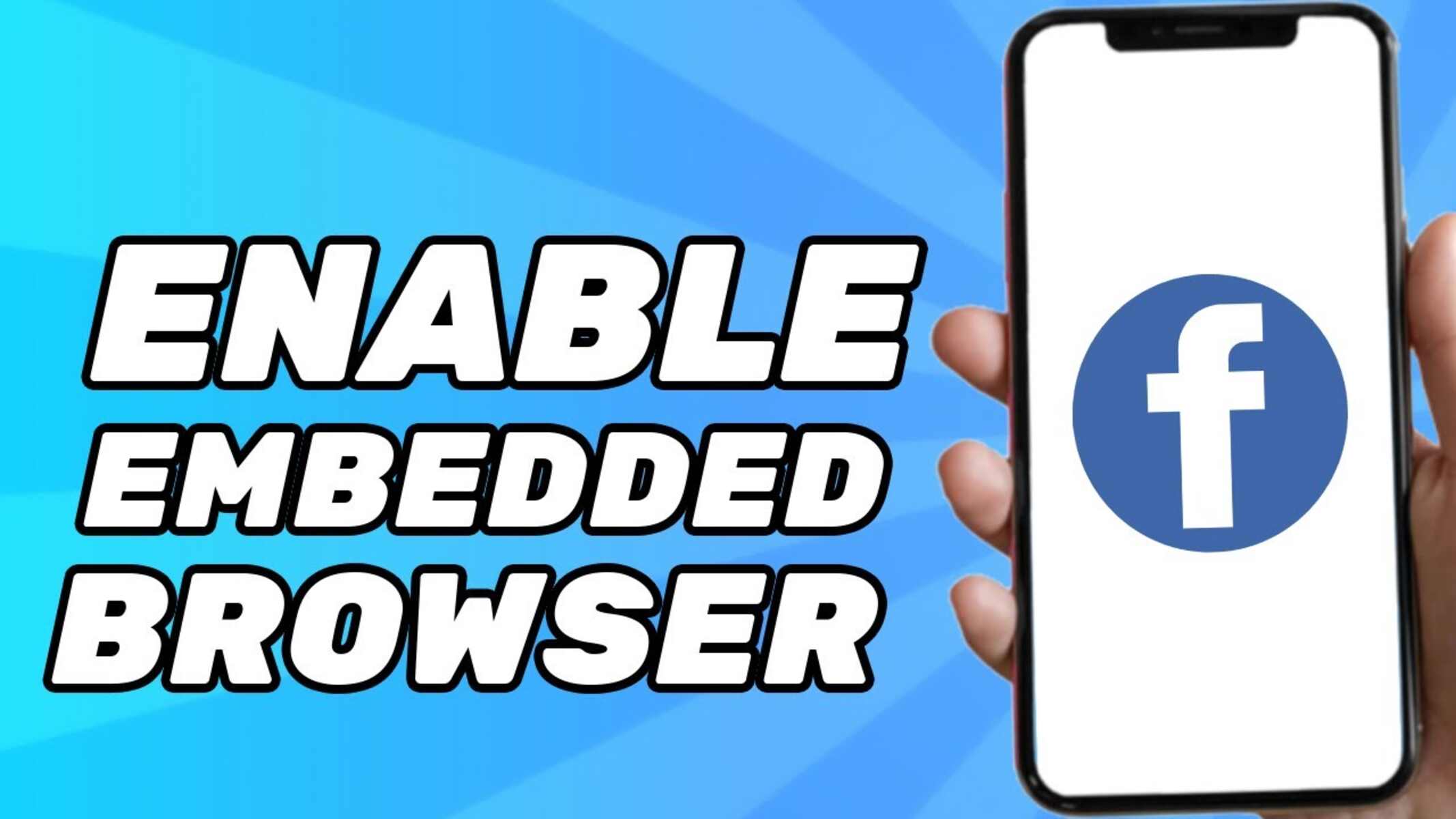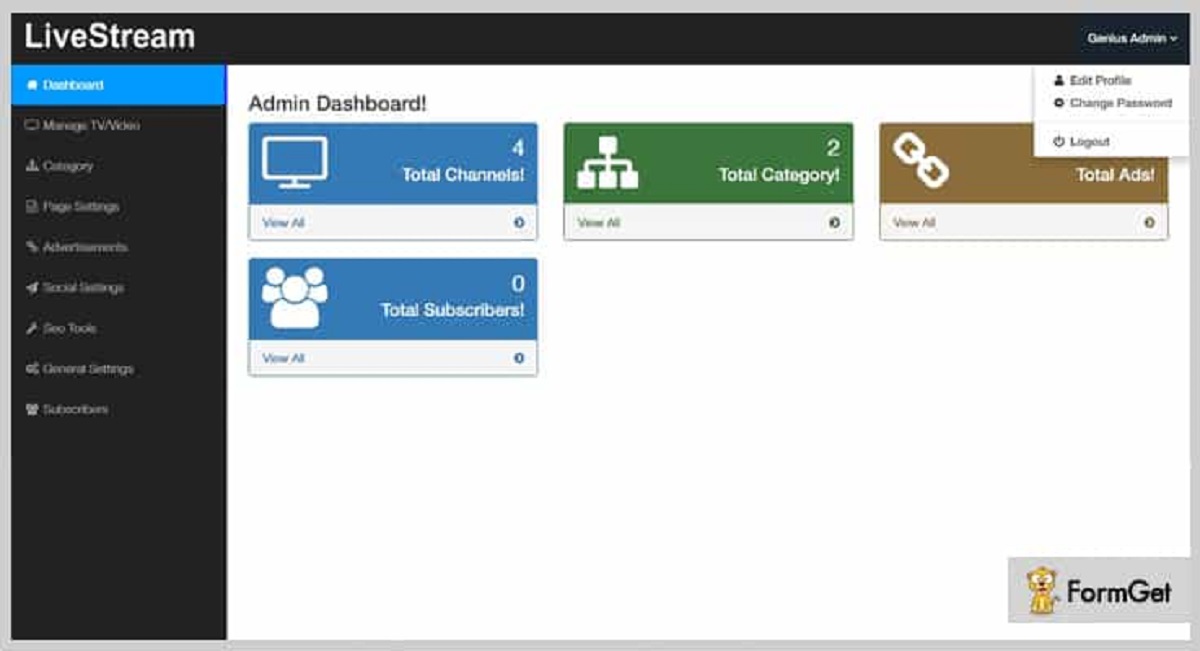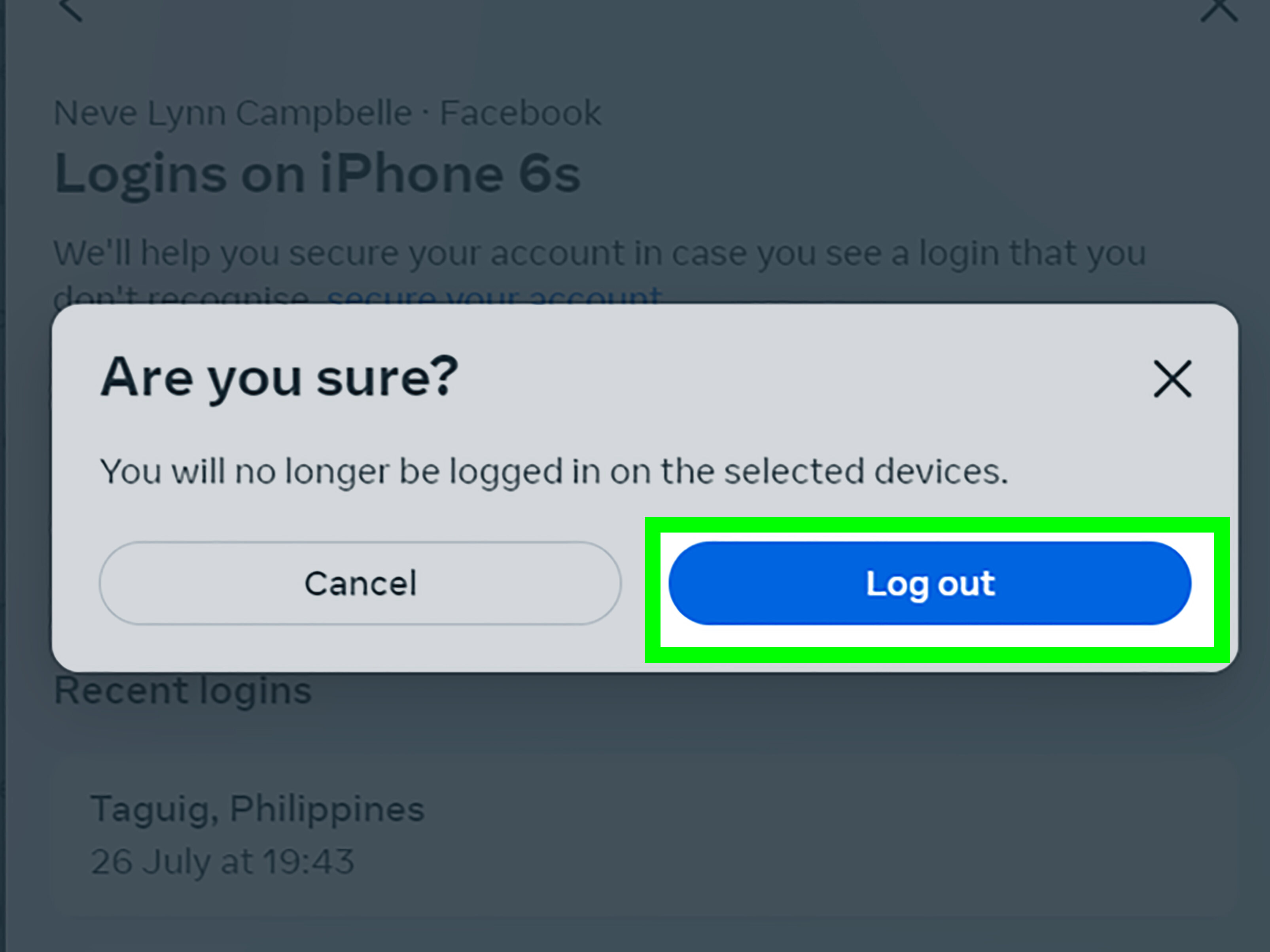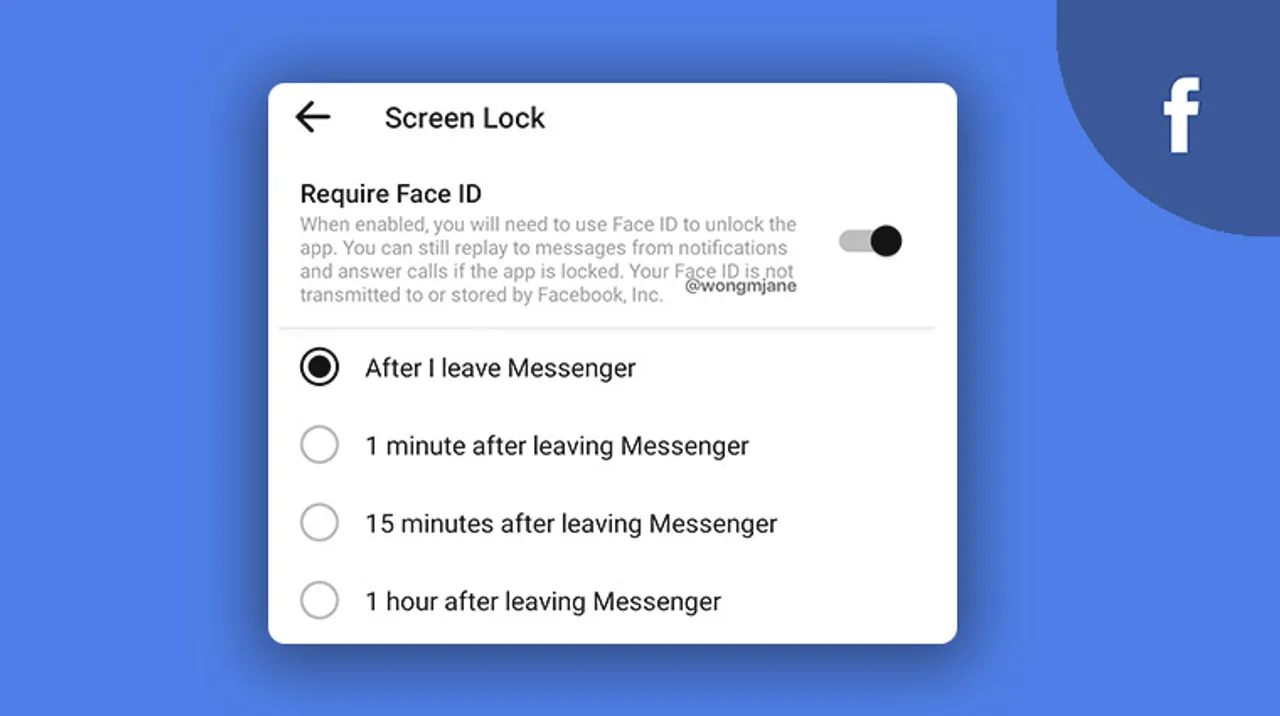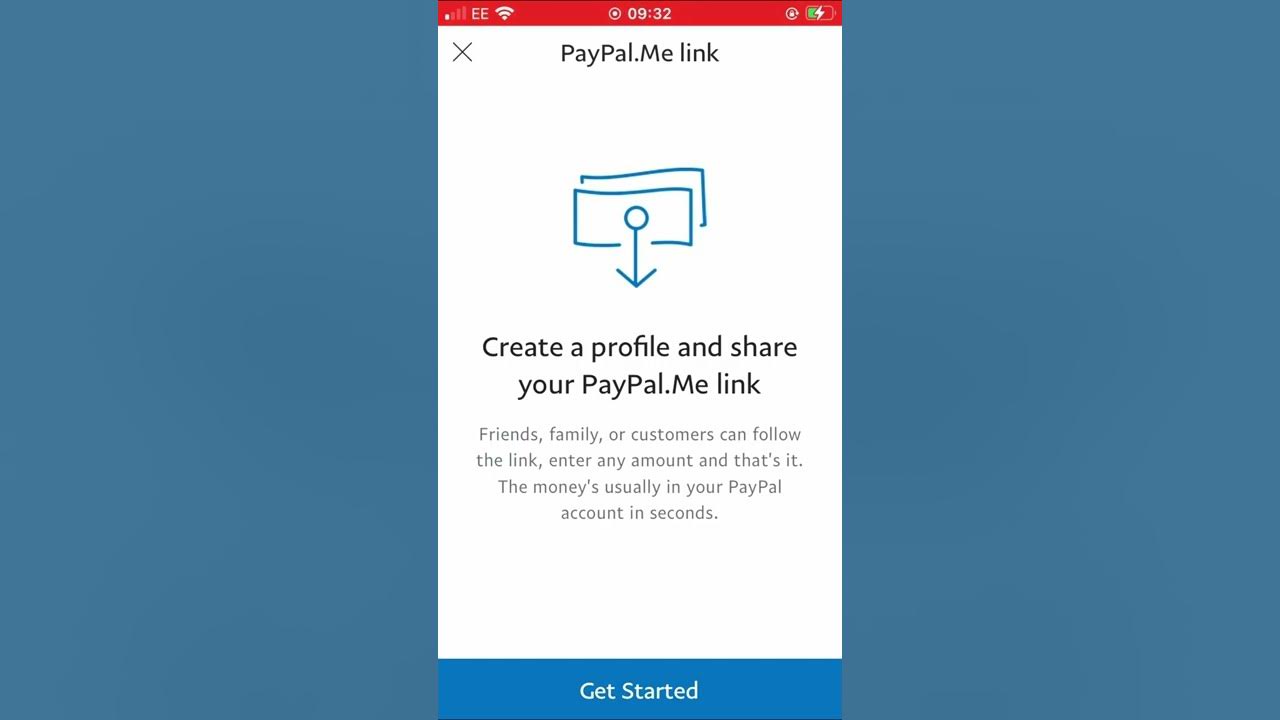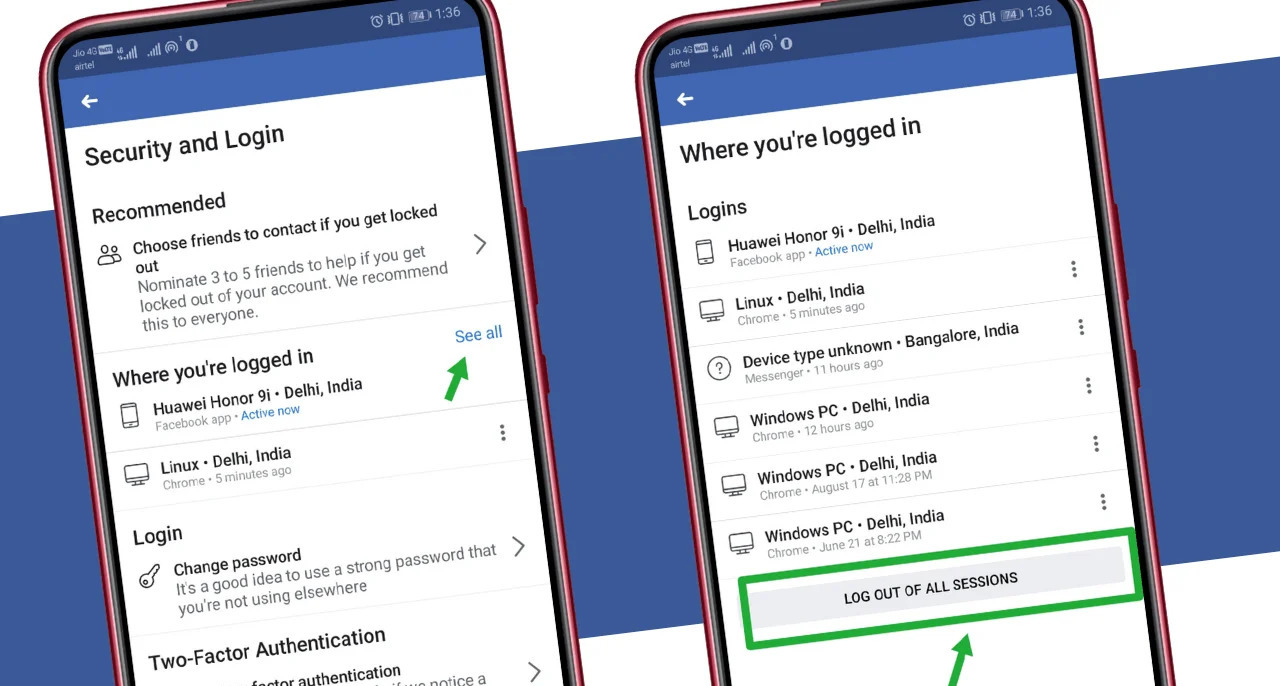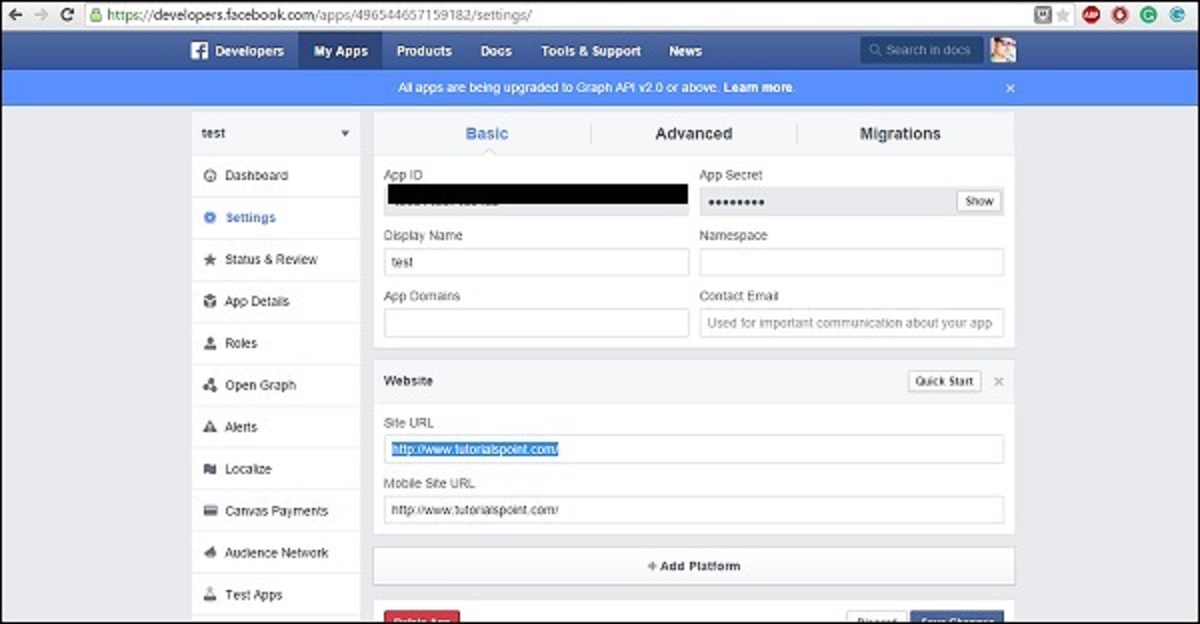Introduction
In today's digital age, the way we interact with the online world has evolved significantly. Social media platforms have become an integral part of our daily lives, connecting us with friends, family, and the global community. Among these platforms, Facebook stands out as a pioneer in the realm of social networking, offering a myriad of features to enhance user experience.
One such feature that has gained prominence is the embedded browser login in Facebook. This functionality allows users to log in to third-party apps or websites using their Facebook credentials within an embedded browser window, streamlining the authentication process and providing a seamless user experience.
As the digital landscape continues to evolve, enabling embedded browser login in Facebook has become increasingly relevant for both users and developers. Understanding the significance of this feature and knowing how to enable it can greatly enhance the overall user experience and streamline the login process across various platforms and applications.
In the following sections, we will delve deeper into the concept of embedded browser login in Facebook, explore the reasons for enabling this feature, and provide a comprehensive guide on how to enable it effectively. Whether you're a regular Facebook user or a developer seeking to optimize user authentication, this article will equip you with the knowledge and insights needed to leverage the embedded browser login feature to its fullest potential.
What is Embedded Browser Login in Facebook?
Embedded browser login in Facebook, also known as web-view login, refers to the functionality that allows users to log in to third-party applications or websites using their Facebook credentials within an embedded browser window. This feature streamlines the authentication process by leveraging Facebook's secure login system, providing a seamless and convenient user experience across various platforms.
When users encounter a login prompt on a third-party app or website that supports Facebook login, they have the option to log in using their existing Facebook account. Upon selecting this option, an embedded browser window, often referred to as a web-view, is displayed within the app or website interface. This embedded browser facilitates the authentication process by allowing users to enter their Facebook credentials securely without leaving the app or website they are accessing.
From a technical standpoint, the embedded browser login in Facebook utilizes web-view components to render the Facebook login interface within the context of the third-party app or website. This approach not only enhances user convenience but also ensures that the login process adheres to Facebook's security and privacy standards.
By enabling embedded browser login, Facebook empowers users to seamlessly access a wide range of third-party services without the need to create and manage separate credentials for each platform. This not only simplifies the user experience but also enhances security by leveraging Facebook's robust authentication mechanisms.
For developers and businesses, integrating embedded browser login in their applications or websites offers several advantages. It provides a familiar and trusted authentication method for users, reducing friction during the onboarding process and increasing user engagement. Additionally, by leveraging Facebook's login infrastructure, developers can focus on delivering a seamless user experience while entrusting the authentication process to a proven and secure platform.
Overall, embedded browser login in Facebook represents a pivotal feature that bridges the gap between the social media giant and the broader digital ecosystem. By offering a seamless and secure authentication mechanism, it enhances user convenience, fosters trust, and facilitates seamless integration across diverse online platforms and services.
Why Enable Embedded Browser Login in Facebook?
Enabling embedded browser login in Facebook offers a multitude of benefits for both users and developers, making it a valuable feature within the digital landscape. From the user's perspective, this functionality significantly enhances convenience and security when accessing third-party apps and websites. By leveraging their existing Facebook credentials, users can seamlessly log in to various platforms without the hassle of creating and managing separate accounts. This streamlined approach not only saves time but also reduces the cognitive load associated with remembering multiple sets of login credentials.
Moreover, embedded browser login in Facebook aligns with the growing emphasis on user privacy and data security. As users log in to third-party services through the embedded browser, their interactions remain within the confines of a secure environment, mitigating the risk of potential data breaches or unauthorized access. This instills a sense of trust and confidence among users, reinforcing the notion that their personal information is safeguarded throughout the authentication process.
For developers and businesses, enabling embedded browser login in their applications or websites presents a compelling opportunity to enhance user acquisition and retention. By integrating Facebook's trusted authentication system, developers can streamline the onboarding process for new users, reducing friction and dropout rates during account creation. This, in turn, fosters a more seamless and engaging user experience, ultimately contributing to higher user satisfaction and retention.
Furthermore, leveraging embedded browser login in Facebook allows developers to tap into the platform's robust security measures, offloading the responsibility of managing user authentication to a proven and reliable system. This not only simplifies the development process but also instills confidence in users, as they interact with familiar and secure login interfaces across various digital platforms.
In the broader context of the digital ecosystem, enabling embedded browser login in Facebook fosters interoperability and seamless integration across diverse services and applications. This interconnectedness not only benefits users by offering a unified and consistent login experience but also empowers developers to focus on delivering innovative features and functionalities without the burden of reinventing the authentication wheel.
In essence, enabling embedded browser login in Facebook represents a strategic decision that aligns with the evolving needs of users and the digital landscape. By prioritizing convenience, security, and interoperability, this feature enriches the user experience while providing developers with a robust and trusted authentication mechanism to drive engagement and growth.
How to Enable Embedded Browser Login in Facebook
Enabling embedded browser login in Facebook involves a straightforward process that empowers users and developers to leverage the seamless authentication capabilities offered by the platform. Whether you're a regular Facebook user seeking to enhance your login experience or a developer looking to integrate this feature into your applications or websites, the following steps outline the process of enabling embedded browser login in Facebook effectively.
-
Accessing Facebook for Developers: To begin, navigate to the Facebook for Developers website and log in with your Facebook account credentials. This portal serves as the central hub for managing and configuring various developer-related settings, including authentication methods such as embedded browser login.
-
Selecting Your App or Creating a New One: If you're a developer, choose the app for which you want to enable embedded browser login. If you're a regular user, this step may not be applicable, as you'll primarily interact with the feature within third-party apps or websites that support Facebook login.
-
Navigating to the Settings: Within the selected app's dashboard, locate the "Settings" or "Authentication" section, where you can configure the login settings for your app. This is where you'll find the options related to embedded browser login and other authentication methods provided by Facebook.
-
Enabling Embedded Browser Login: Look for the specific setting or toggle that pertains to embedded browser login. Depending on the platform's interface, this option may be labeled as "Embedded Browser OAuth Login," "Web-View Login," or a similar designation. Activate this setting to enable embedded browser login for your app or website.
-
Configuring Additional Settings (For Developers): If you're a developer, you may have the option to configure additional parameters related to embedded browser login, such as customizing the appearance of the embedded browser window or specifying the permissions and data access associated with the authentication process. These settings allow developers to tailor the login experience to align with their app's specific requirements.
-
Testing the Integration: After enabling embedded browser login, it's crucial to test the integration to ensure that the feature functions as intended. If you're a developer, you can utilize testing environments and tools provided by Facebook for Developers to simulate the login process and verify the seamless operation of embedded browser login within your app or website.
By following these steps, users and developers can effectively enable embedded browser login in Facebook, unlocking the benefits of streamlined authentication and enhanced user experience across various digital platforms.
This comprehensive guide empowers individuals to navigate the process with confidence, whether they seek to optimize their own login experience or integrate this feature into their applications and websites. With embedded browser login in Facebook, the digital landscape becomes more interconnected, secure, and user-friendly, fostering a seamless and trusted authentication ecosystem for all stakeholders involved.
Conclusion
In conclusion, the embedded browser login feature in Facebook represents a pivotal advancement in user authentication, offering a seamless and secure method for accessing third-party apps and websites. By leveraging this functionality, both users and developers stand to benefit significantly, aligning with the evolving needs of the digital landscape.
For users, enabling embedded browser login in Facebook streamlines the login process across diverse platforms, eliminating the need to manage multiple sets of credentials. This not only saves time but also enhances convenience, fostering a more user-friendly experience. Moreover, the inherent security measures embedded within this feature instill confidence among users, reinforcing trust and privacy in their online interactions.
From a developer's perspective, integrating embedded browser login into applications and websites presents an opportunity to enhance user acquisition and retention. By leveraging Facebook's robust authentication system, developers can streamline the onboarding process, reduce friction, and ultimately drive higher user engagement. This feature also empowers developers to focus on delivering innovative features and functionalities, knowing that the authentication process is entrusted to a proven and secure platform.
The process of enabling embedded browser login in Facebook is straightforward, empowering both users and developers to leverage its benefits effectively. By following the outlined steps, individuals can navigate the configuration process with confidence, ensuring a seamless integration that enhances the overall user experience.
As the digital ecosystem continues to evolve, the significance of embedded browser login in Facebook becomes increasingly pronounced. It fosters interoperability, security, and convenience, aligning with the broader trends of user-centric design and privacy-focused interactions. By embracing this feature, users and developers contribute to a more interconnected and trusted digital landscape, where seamless authentication and user experience take center stage.
In essence, the embedded browser login feature in Facebook represents a testament to the platform's commitment to enhancing user experience and security. By enabling this functionality, users and developers alike contribute to a more seamless, secure, and interconnected digital ecosystem, where the boundaries between platforms are bridged, and user trust is upheld.







